The E-Commerce Conversion Funnel: What is It & How to Optimize It [2025]
Wondering about the e-commerce conversion funnel and how you can optimize it for your online store?
In this article, we will cover the conversion funnel stages and then provide actionable advice on optimizing each step of the customer buying journey.
TL;DR
- The e-commerce conversion funnel is the path you design and optimize for your shoppers to help them convert, visualized in steps.
- The stages of the conversion funnels are awareness, consideration, conversion, and post-purchase.
- Marketers are using various strategies to optimize the different stages separately by optimizing their home pages product pages and alleviating hesitations with conversational assistants and personalized product recommendations.
What is the E-Commerce Conversion Funnel?
The e-commerce conversion funnel is the steps your shoppers take to become customers—from the moment they become aware of your brand to making a purchase and beyond.
The conversion funnel does not end with the purchase, as online retailers have also become mindful of the importance of the post-purchase experience.
➡️ It is called a funnel because it looks like an inverted pyramid, as not everyone interested in your brand will become paying customers.
For example, if 10,000 users land on your website, 3,000 will consider buying your products, and 1,000 will convert.
Of these 1,000 customers, 300 will return and purchase from you again.
It is a path you design and optimize for your shoppers, helping them move through your website and influencing them to convert.
What Are The Stages Of The Conversion Funnel?
The stages of the conversion funnel are:
- Awareness stage: Shoppers have become aware of your online brand.
- Consideration stage: Prospective customers are browsing through your website, wondering if there’s something they can buy.
- Conversion stage: The shoppers are almost ready to buy but have a few internal objections.
- Post-purchase stage: The experience you provide to your customers after converting to then turn them into repeat customers.
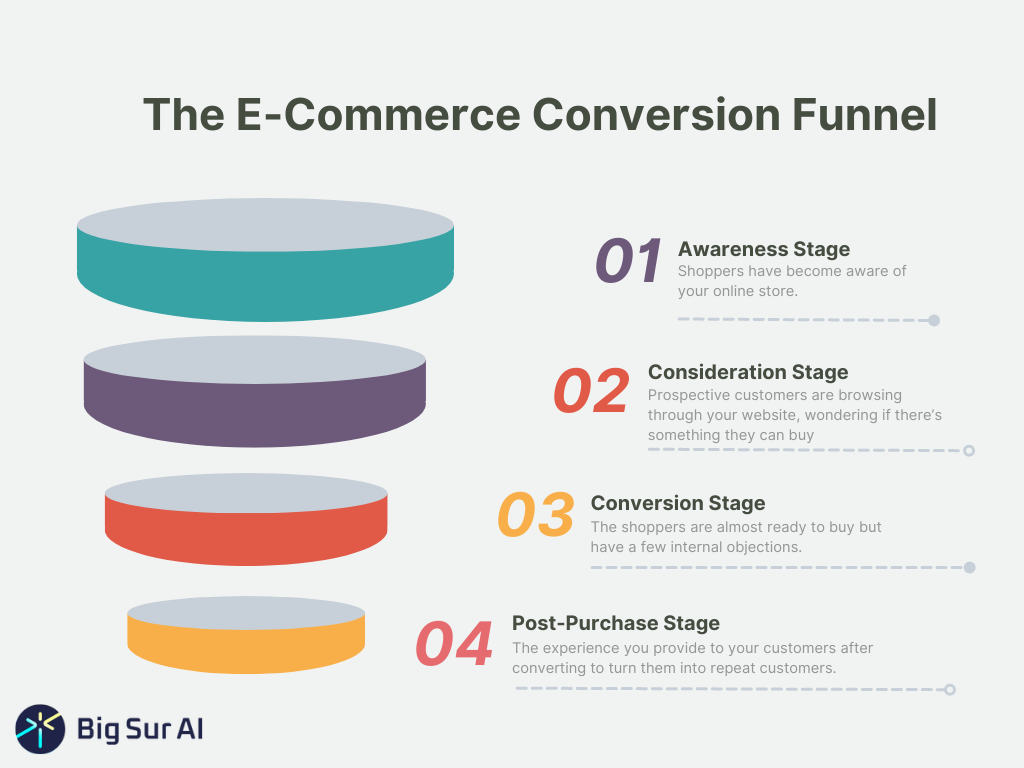
💡These stages are separated because it is easier for marketing teams to optimize each step separately, spending effort on improving each part of the shopping experience.
Let’s discuss them in a bit more detail ⤵️
Awareness Stage
Also referred to as ‘’top of the funnel (TOTF)’’, prospective customers have just learned about your online brand.
Alternatively, they might have found out that they have a problem that they need to solve.
For example, a prospect’s bike has broken down, and they are looking for a new bike. Luckily, they know a brand that offers quality and affordable bikes (your brand).
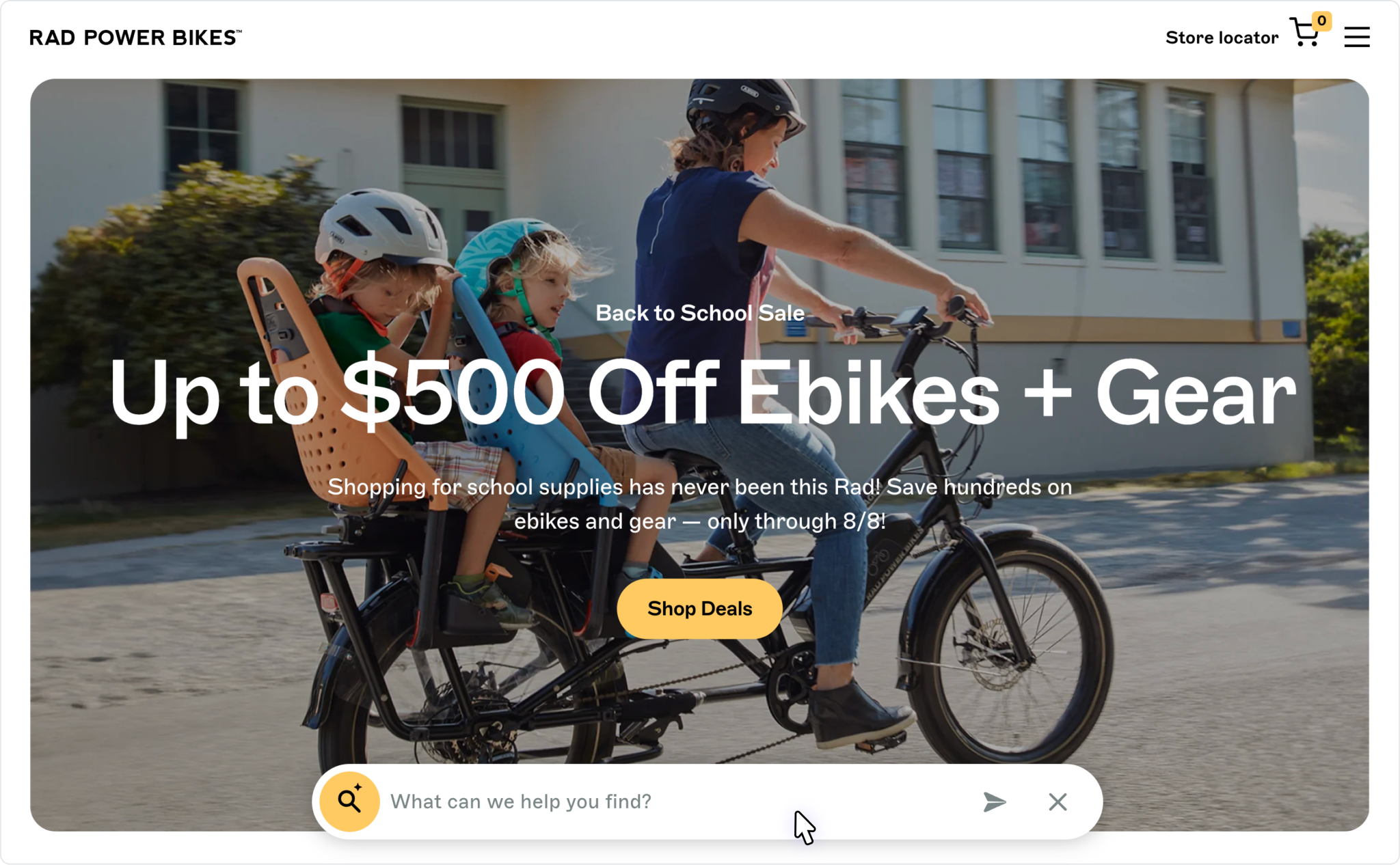
At this stage, the customers are not ready to buy.
Consideration Stage
The shopper is now browsing your online store, looking for something that they would like to buy.
Also known as ‘’middle-of-the-funnel (MOTF)’’, the prospective customers are now spending time researching different prices, learning about your products, and looking at testimonials.
This is the hardest part of the conversion funnel because you have to persuade them that it is your products (and these prices) are the right fit for them.
Coming back to our example of the prospective client looking for an e-bike, they will try to research different companies similar to yours.
They will ask themselves:
- Is this brand trustworthy?
- What kind of pricing do these products have?
- Are these features good enough?

At this stage, prospective customers are considering if they should make a purchase and are likely to look at other websites to compare prices and/or products.
Conversion Stage
The customers are seriously considering purchasing from your brand, but they have a few objections left in their minds.
Also known as ‘’bottom-of-the-funnel’’ (BOTF), this is the final stage before your customers are ready to submit their credit card details.
They have added products to their cart but are having final doubts if they should buy.
Common final-stage objections include:
- What is the return policy for this product?
- What if it breaks? Does this product have a warranty?
- When would it be delivered to me? I can’t wait for long.
- Is this price good enough for my budget?
- Are other people happy with this product?
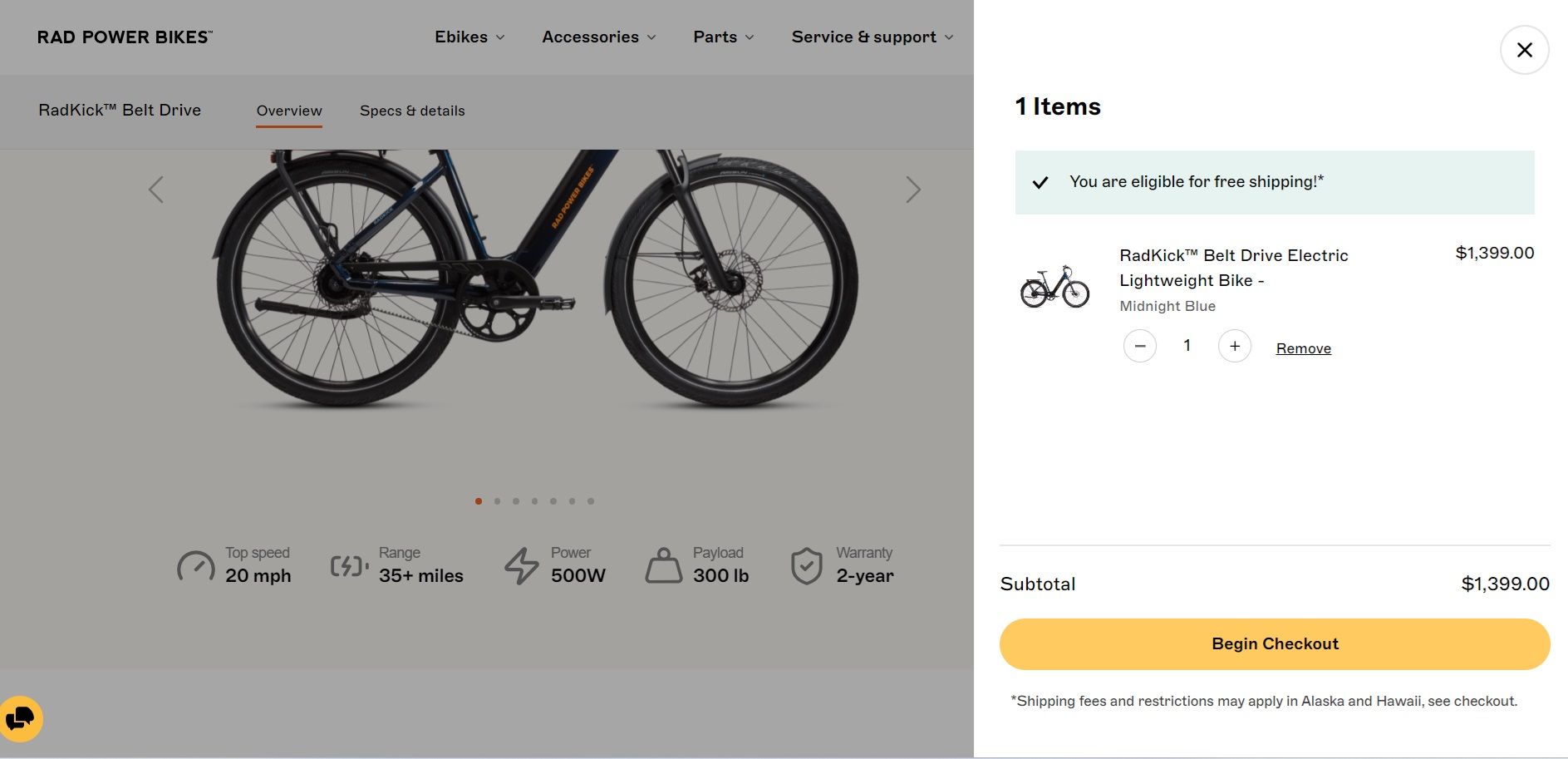
At this stage, the customers are ready to buy as long as your brand addresses their internal objections and makes them feel good about their decision.
Post-Purchase Stage
After the shoppers have converted, their journey does not end with your brand.
The post-purchase stage is when your customers now have to decide:
- Is the product good after all, or should they return it?
- Did your brand satisfy their needs so they can return and purchase again?
- If everything went smoothly, would they recommend your brand to their friends?
- What kind of review are they going to leave?
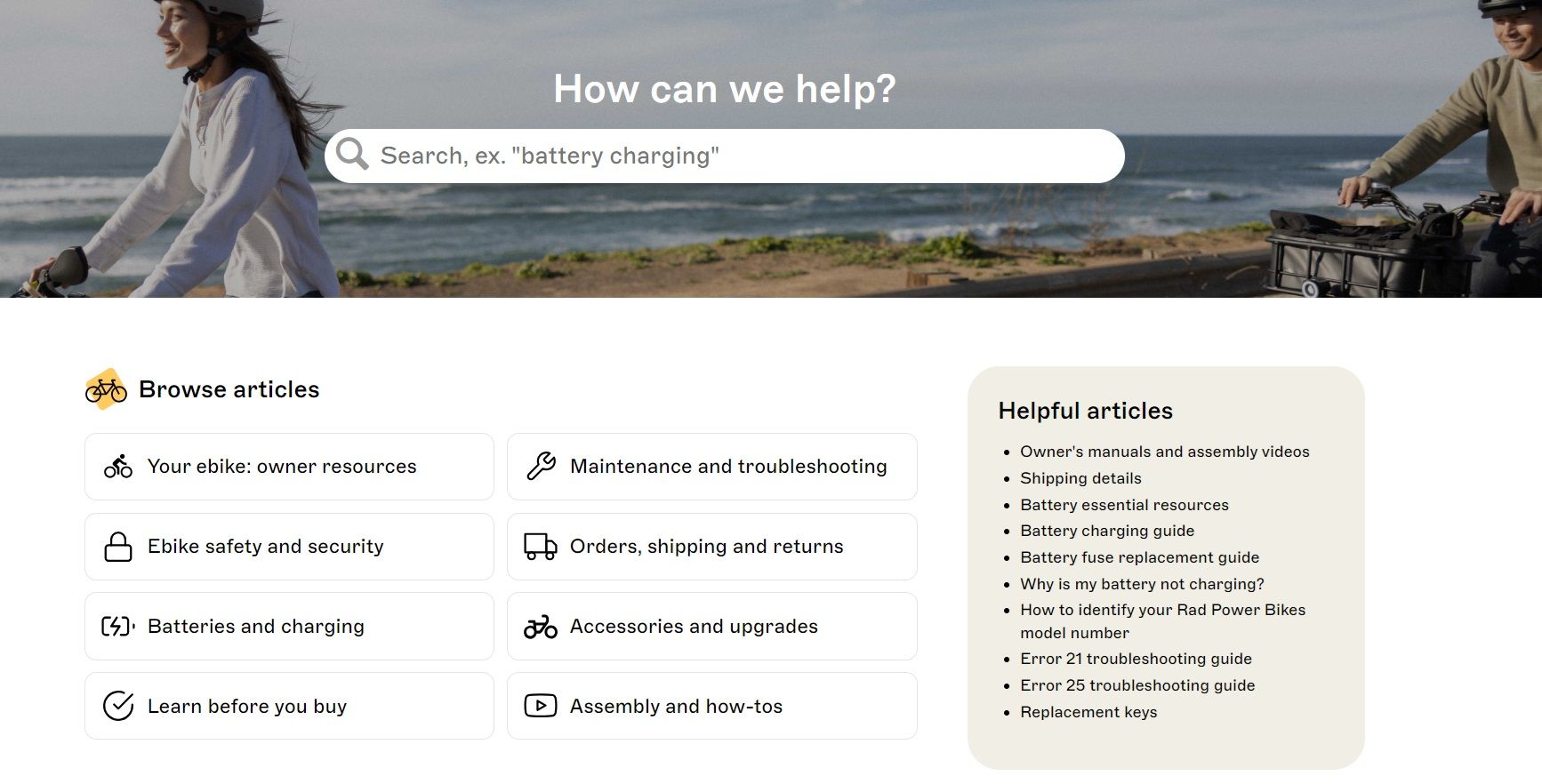
If your online brand can offer a good post-purchase experience, you’re more likely to:
- Improve your customer lifetime value (LTV).
- Increase word of mouth.
- Streamline your returns process so it’s not a hassle for your shoppers.
For example, after the client purchases your e-bike, you give them a 2-year warranty and a discount code to give to their friends.
You offer the customer the option to repair their bike for free if anything occurs in that two-year period.
In the meantime, you try to increase the customers’ lifetime value by offering them different e-bike parts and upgrading options.
How To Optimize The Conversion Funnel In Your Online Store?
In this section, we will go over each stage of the e-commerce conversion funnel and discuss strategies for optimizing the customer experience at every step.
How To Optimize The Awareness Stage
#1: Invest in Organic and Paid Customer Acquisition
Your customers might be aware of their problem, but they might not be aware of your brand.
You can invest in organic and paid marketing channels, such as:
- SEO: Rank on Google for non-branded keywords, such as ‘’e-bikes for sale’’.
- Google Ads: Bid $ to rank for keywords like ‘’e-bikes for sale’’ and only pay per click.
- Organic Social Media: Build your presence on Instagram, TikTok, and YouTube by posting and interacting with prospective customers.
- Paid Social Media: Reach a targeted audience on TikTok, Facebook, and Instagram with paid advertisements.
- Influencer Marketing: Pay famous people in your niche to promote your products to their loyal audience.
- Word of Mouth Campaigns: Set up a referral program for your existing customers to promote it to their friends.
Start with 1 or 2 channels and grow from there. Measure KPIs such as cost per acquisition (CPA) and cost per click (CPC).
#2: Optimize Your Home Page
After successfully attracting shoppers to your online store, it’s time to provide them with a seamless home page experience.
That includes:
- Creating a navigation menu that shows your broader product range. This lets your customers find the product for their needs faster.
- Showing offers, such as a seasonal sale, or how much money your customers can save.

For example, Rad Power Bikes has a navigation menu on their home page where you can see their complete e-bike range with images.
They also feature offers on their home page and a direct link to their ‘’Deals’’ page where shoppers can find discounted products.

How To Optimize The Consideration Stage
#1: Optimize Your Product Pages
Now that you’ve got your customers interested in your brand and what you have to offer, you need to optimize your product pages to convert them.
Common product page optimizations for online stores include:
- Adding more than just a description of the product - a video of how it is used, the materials used, what it is for, etc.
- Adding reviews and testimonials of satisfied customers - it can also be a comment section.
- Adding delivery, warranty, and returns information - your customers need to know what to expect.
For example, Rad Power Bikes has optimized its product pages with videos, delivery information, and bonus information, such as height requirements.

#2: Set up a Conversational Experience In Your Store
You can set up an AI assistant in your store to help your customers navigate your products and decide which product makes sense for their needs.
Online retailers like Rad Power Bikes utilize Big Sur AI’s Sales Agent (our tool) to recreate the traditional shopping experience of asking a qualified sales assistant for assistance.
The tool can understand complex customer questions and recommend products.
Here’s what happens if you ask the AI shopping assistant to recommend an e-bike for a height of 6’2 ⤵️:

See the sales assistant in action:
The sales agent is trained on your store’s product information, can compare alternatives, and can make product recommendations.
Skincare brands like Esen utilize the AI assistant to help their customers build custom skincare routines with their products, such as a make-up routine:

💡 Shoppers who interact with Big Sur AI Sales Agent convert at four times the rate of the average store user.

The software responds like a human and operates 24/7. There is no requirement to have a human sales agent available.
The tool is compatible with all e-commerce CMS and can be integrated into Shopify in about 5 minutes.
#3: Offer Personalized Product Recommendations
Personalized product recommendations are tailored suggestions that are made to customers, which are based on:
- Unique product preferences.
- Browsing history.
- Purchasing behavior.
💡Statistics show that personalized recommendations can make 28% of customers more likely to buy a product they didn’t intend to purchase initially.
Get started with personalized product recommendations by incorporating a tool like Big Sur AI into your online store.
The product recommendation software makes contextual product recommendations based on the following:
- The shopper’s engagement with your store (e.g., product views & buttons clicked).
- Information that was gathered through the conversational experience.
- Questions that the customer asked our tool.
Big Sur AI's product recommendations are broken into three modules:
- Picked just for you: A selection of products that a customer is most likely to buy based on what the software knows about them.
- Frequently bought together: These recommendations appear once your shoppers add a product to their cart. This module features other products that customers typically buy based on their previous website activity.
- Top sellers: We show the bestsellers in the same product category as the product your shoppers are considering.
These recommendations are shown to customers according to the page they’re on and how they got there.
The tool shows products based on the shoppers' gathered information and not generic recommendations.
Here’s an example of how these product recommendations look on Wyze ⤵️
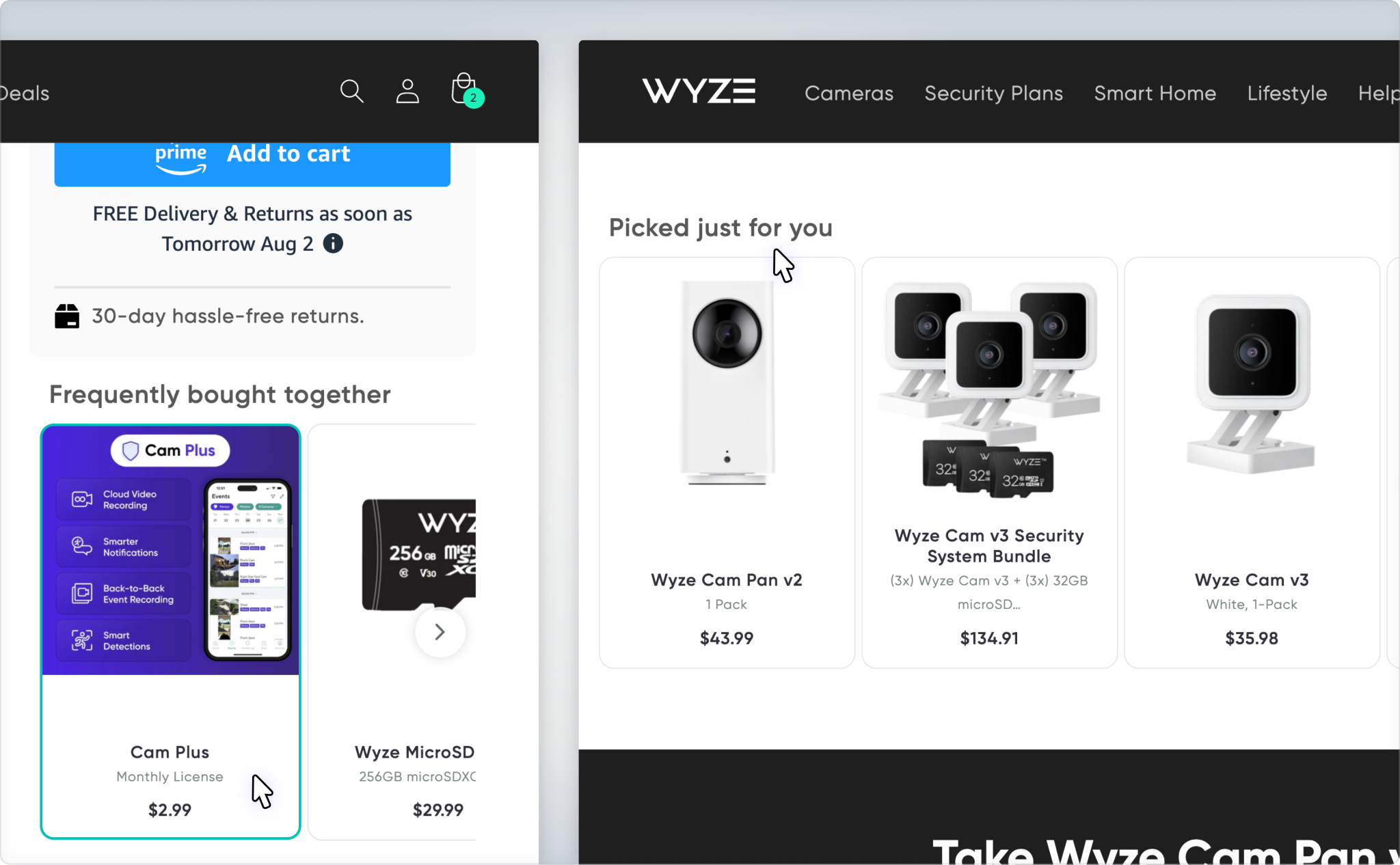
These recommendations can be received by your shoppers on your product or category pages or during a conversation with the AI Sales Agent, increasing basket sizes.
How To Optimize The Conversion Stage
All that is left now is to resolve your customers’ internal dilemmas that are stopping them from purchasing.
#1: Nudge Your Customers To Ask More Questions
Your customers might still have some concerns, such as if the product is the right fit for them.
Or, they might feel like they have incomplete information about your products.
You can utilize Big Sur AI’s Conversion-Optimized Prompts that nudge your customers to start more conversations with the sales assistant, leading to more purchases and basket sizes.
Our tool analyzes how each shopper engages with your store.
It then predicts which questions they will likely ask and suggests them throughout the experience.
Here’s an example ⤵️
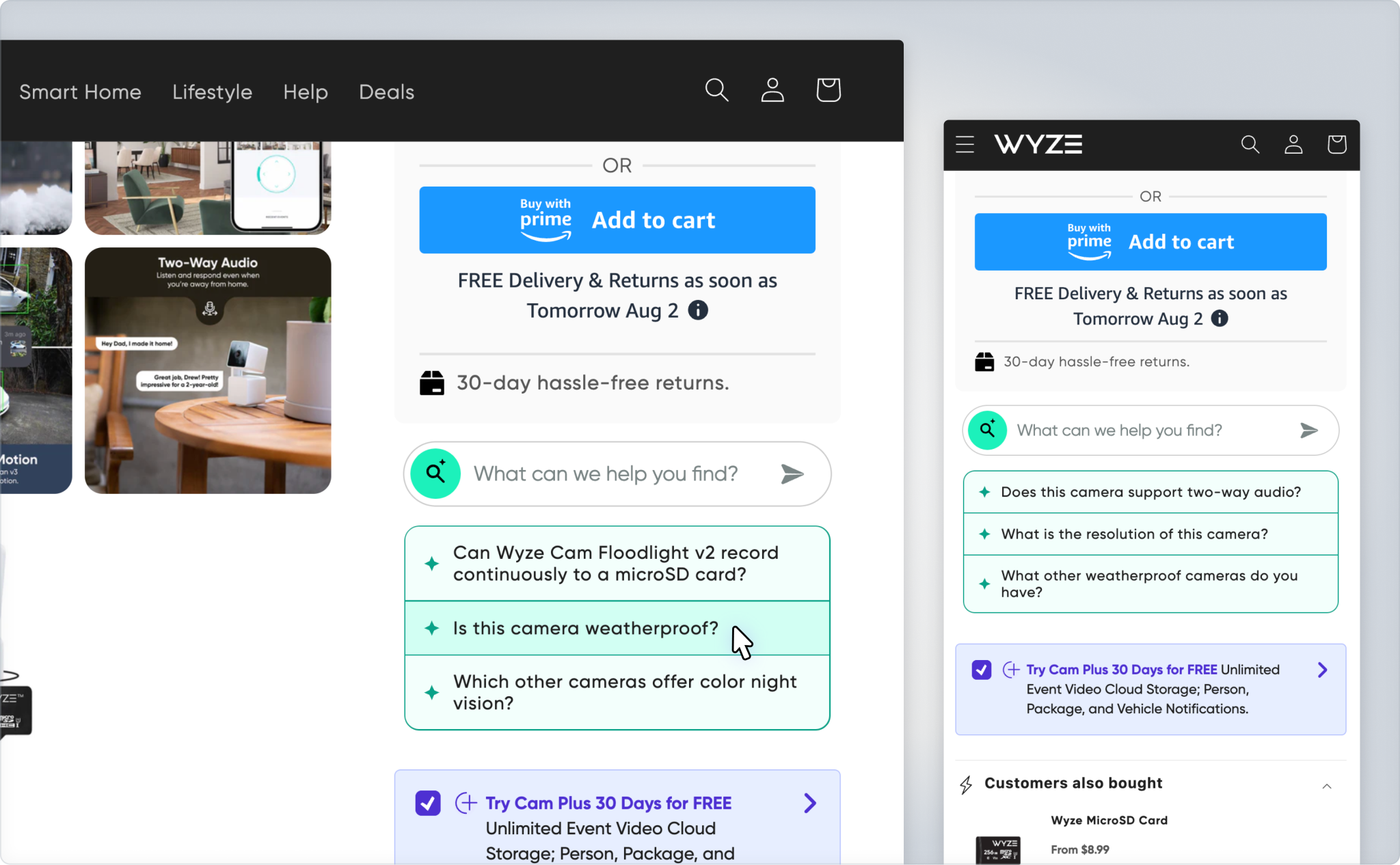
For example, Wyze uses our tool’s conversion-optimized prompts to alleviate hesitations before their customers are ready to purchase.
These AI-suggested questions are embedded on your product and category pages and are personalized for every shopper.
💡This means that different customers, depending on their shopping journey, would see different questions crafted to maximize the likelihood of making a purchase.

#2: Make it Easy to Buy
After the prospective customers are ready to buy and feel like they are making an informed decision, you need to make it easy to buy.
If your purchasing process is slow and takes a long time to fill out all of the details, you risk losing your customers.
For example, Everlane offers a single-page payment process that lets you quickly fill out your:
- Shipping address.
- Payment method.
- Shipment preferred method.
- Option for express checkout with PayPal.

How To Optimize The Post-Purchase Stage
Now that the customer has converted, we still need to make sure that they are satisfied with the experience.
We want to maximize the likelihood of retaining them as repeat customers and increase word of mouth.
#1: Set Up a Chatbot To Assist Customers
To help your customers resolve their problems or track their order, you can set up a chatbot to assist them.
For example, you can set up a customer support platform like Help Scout that has both AI capabilities to answer commonly asked questions, and a platform for human agents to respond.
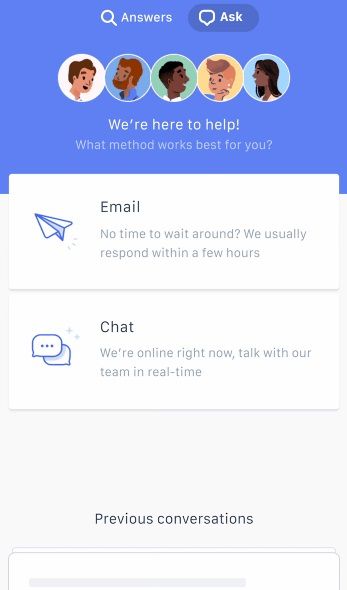
As an alternative to Gorgias, the tool offers automated workflows where you can set up rules to perform automated actions.
You can also personalize your users' experience by compiling customer information into detailed customer profiles.
#2: Make it Easy to Return Products
If your customers need to return the products after converting, you need to make it as easy as possible for them to do it.
This would let you leave a good impression on them and increase the likelihood of that person recommending your brand to a friend or purchasing something else.
You can set up a returns platform like ZigZag Global or Loop Returns to streamline your returns process and track returns.
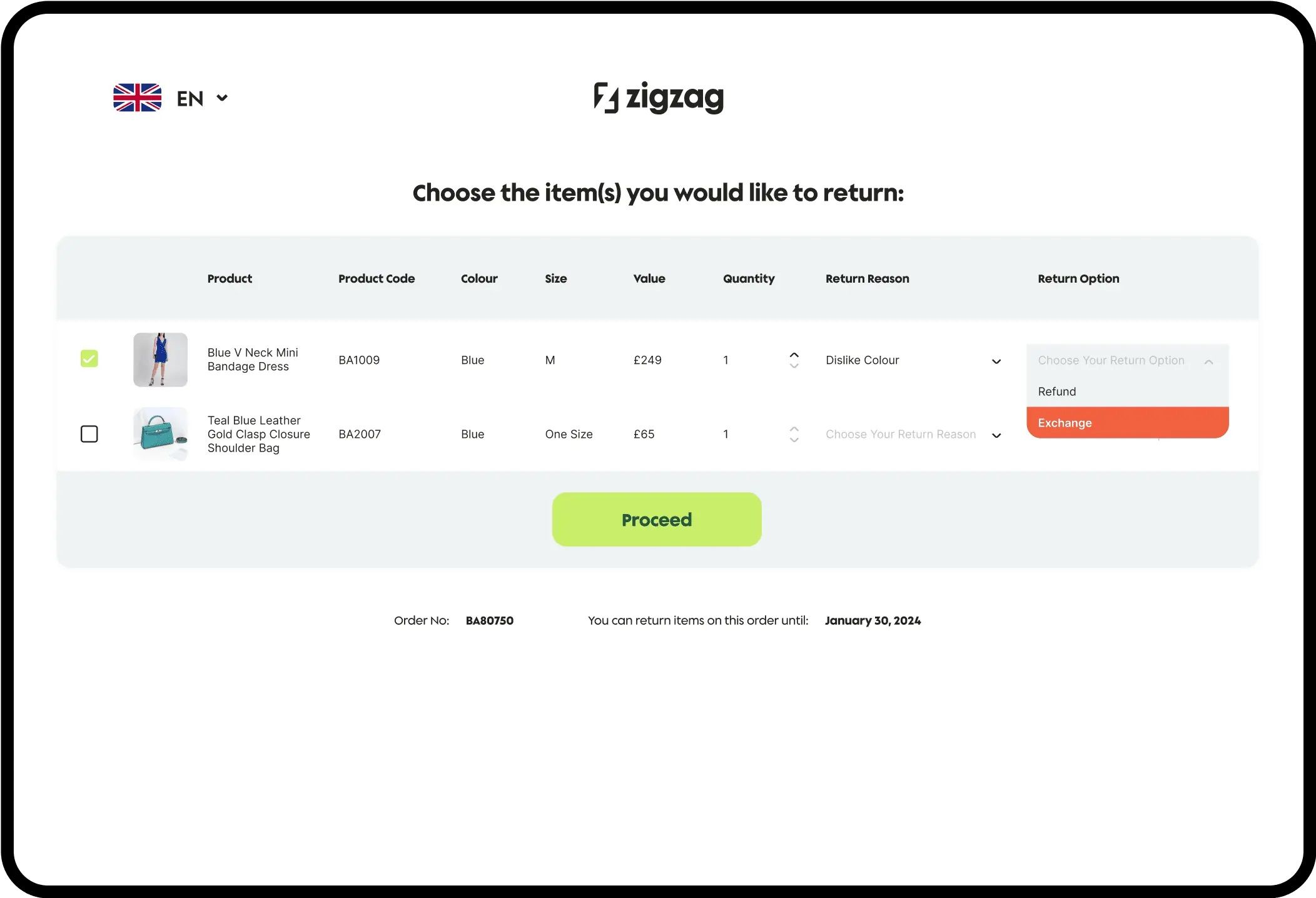
For example, ZigZag Global lets you save the sale by giving the option to your customers to get an exchange, other than a refund.
Try Big Sur AI For Free
Optimize your e-commerce store with a conversational experience that works 24/7 to assist your customers.
Our AI-powered Sales Agent can guide customers' shopping journey with personalized recommendations and conversion-optimized prompts.
You can now try the sales agent for free on your store with an instant installation.
Your brand will also get analytics into the conversion rates of each question your shoppers ask that leads to a conversion.
This will help your marketing team identify the crucial pre-purchase questions interested customers ask.

Your store will also gain insights into what products are frequently bought together, which can help you improve your store’s shopping experience.

Use the insights to improve your site’s experience, including merchandising and product descriptions, to build a marketing strategy based on what shoppers truly want.
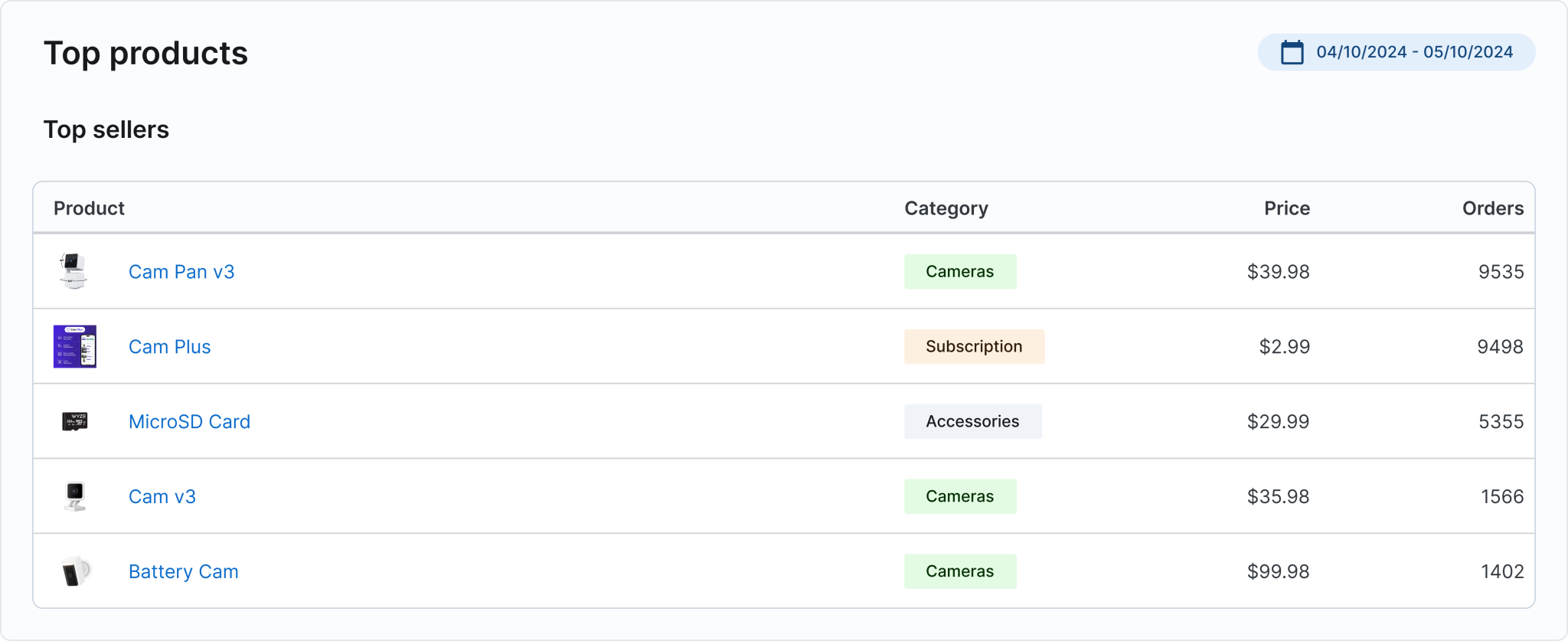
Lastly, you can see where shoppers churn and where the AI Sales Agent helped drive spikes in both sales volume and conversion rate:
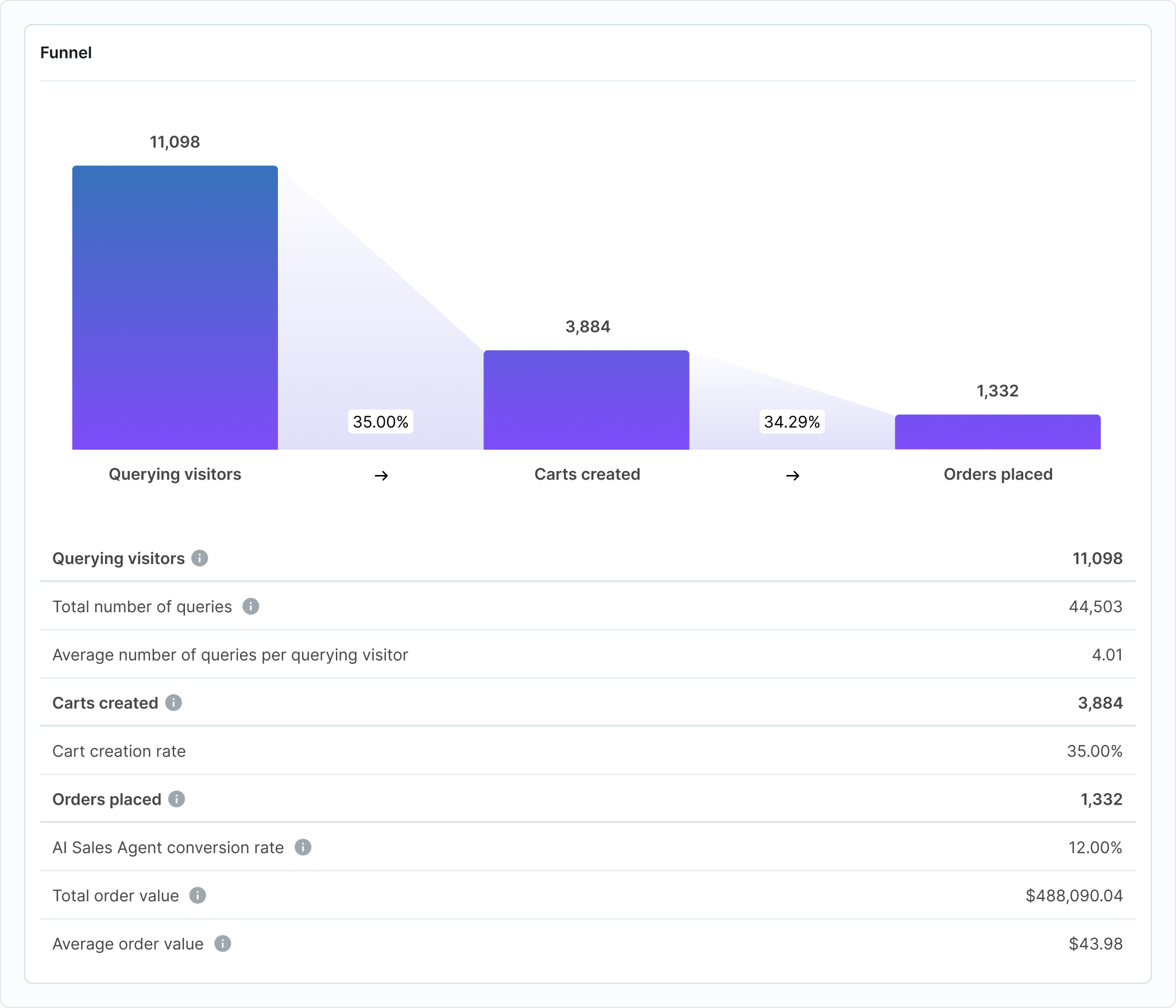
The conversational experience helps your shoppers find the right product for their needs.
Be data-driven about what products are frequently bought together and what pre-purchase questions customers have on your website.


